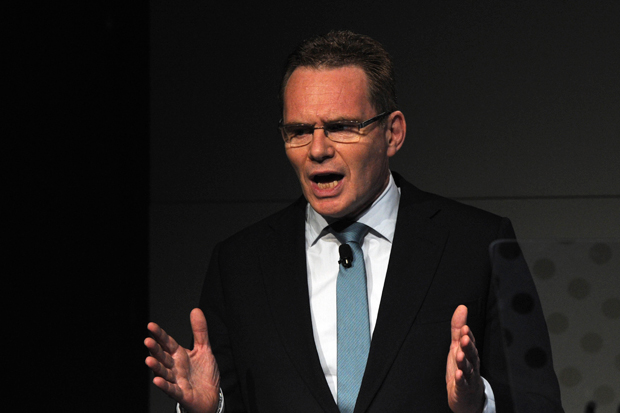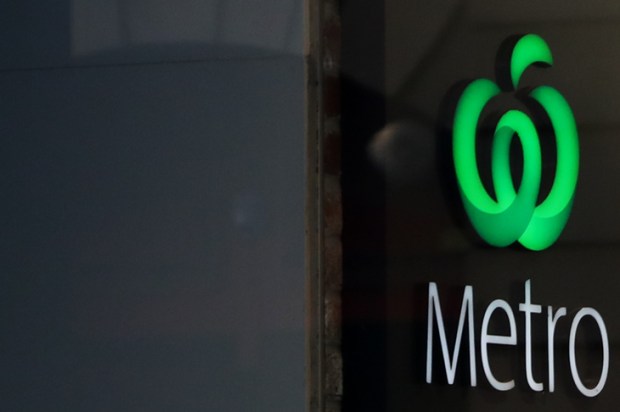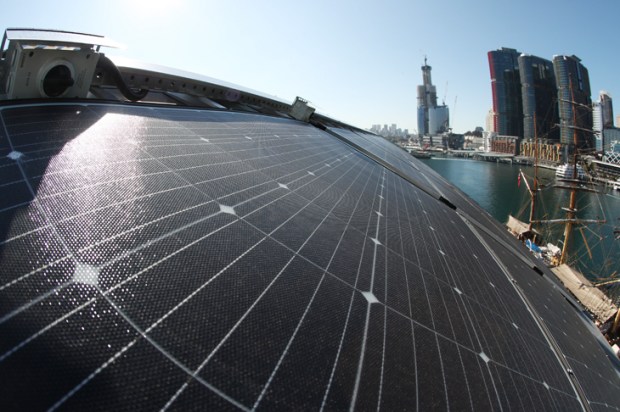No wonder savers are getting stroppy. The Reserve Bank keeps cutting interest rates (and savers’ incomes) in line with the discredited internationally failed fad aimed at resurrecting economic growth; big corporations (and not just struggling post-China-boom miners) are cutting their dividends; and federal Treasurer Scott Morrison is trying to limit the (over generous) tax incentives available for superannuation savings. With the most sensitive part of the human body being the hip-pocket nerve, the government and several boards of directors should beware of the wrath of income-depleted savers. These may have to wait almost three years to the next election to get square with the Turnbull-Morrison ‘perfidy’ (unless their threats of withdrawal not only of votes but also funding terrifies enough coalition MPs to overturn Morrison’s intrusion of rational necessity into this melange of self-righteous outrage). As commentator Alan Kohler says, ‘Retirees are the victims of fiscal policy, monetary policy and prudential policy’ as bank profits and share prices fall ‘on the spurious grounds’ of the prudential need for more capital.
For corporates, the coming annual meetings season could see a spring of investor discontent to follow a winter of dividend cuts, with directors like BHP’s CEO Andrew Mackenzie (who kept promising to maintain the dividend as the share price halved and then announced an 80 per cent payout cut and a record loss) may receive some unfriendly shareholder advice. This sort of bad news has not only been in resource stocks, as the China-fed boom ended, but also in those corporate heavyweights where slowing economic growth, low inflation and interest rates have brought greater competition and reduced margins. Dismal results for the financial year to June from the big end of town have not been reflected in the ‘small caps’, the lesser companies that make up the great bulk of listed companies by number, but not by value; they lifted the all ordinaries share index to its August record before subsiding a little at the beginning of September – but still up 14 per cent since February.
The bad news was concentrated among the top 15 companies (where so many self-funded retirees have their investments) that make up two-thirds of the value of the Australian stockmarket. The Australian reports that investors in the top 20 this year are getting $1.6 billion less in dividends for the June half year, with further cuts likely from the banks whose financial year ends in September. So the pursuit of yields, which prompted so many investors to buy shares that seemed to have a good rate of return, has, instead, seen dividends diminished by 54 per cent by Woolworths, 59 per cent by Rio Tinto and 14 per cent by Westfarmers. Other leaders to report declining underlying profits include Telstra, CSL, AMP and Suncorp. A market strategist is quoted as saying ‘The blue chips were not good for dividends this time’ and there has been little growth. Despite this, the average market price is at a near record 16-times earnings per share; either earnings must rise to justify this, or share prices must fall. If the resources sector fails to deliver its expected recovery, fasten your seat belts.
If there is a further downturn, remember the golden investment rule: Don’t try to catch a falling knife; it’s safer to wait and pick it up off the floor. Ignoring this late last year when buying BHP and Woolworths because they had fallen heavily from their peaks, I was one of many who discovered the floor was still some distance away. And I’m none the wiser about whether the floor has at last been hit; after announcing huge losses that were not quite as catastrophic as the market feared, both have bounced off this year’s lows. So is the worst over? Among the many possible reasons for the recent recovery in share prices of under-performing market leaders (and the near-record strength of the Australian stockmarket overall), is the likelihood that a fair amount of recent buying pressure has come from local and international ‘shorters’ who had earlier sold shares without owning them, in the hope that bad profit results would see a collapse in share values, enabling them to buy back at much cheaper prices. So maybe the falls are over. But if there is a mythical bell that rings to announce the market has hit bottom, I’m too deaf to hear it.
The post Business/Robbery etc appeared first on The Spectator.
Got something to add? Join the discussion and comment below.
Get 10 issues for just $10
Subscribe to The Spectator Australia today for the next 10 magazine issues, plus full online access, for just $10.
You might disagree with half of it, but you’ll enjoy reading all of it. Try your first month for free, then just $2 a week for the remainder of your first year.














Comments
Don't miss out
Join the conversation with other Spectator Australia readers. Subscribe to leave a comment.
SUBSCRIBEAlready a subscriber? Log in